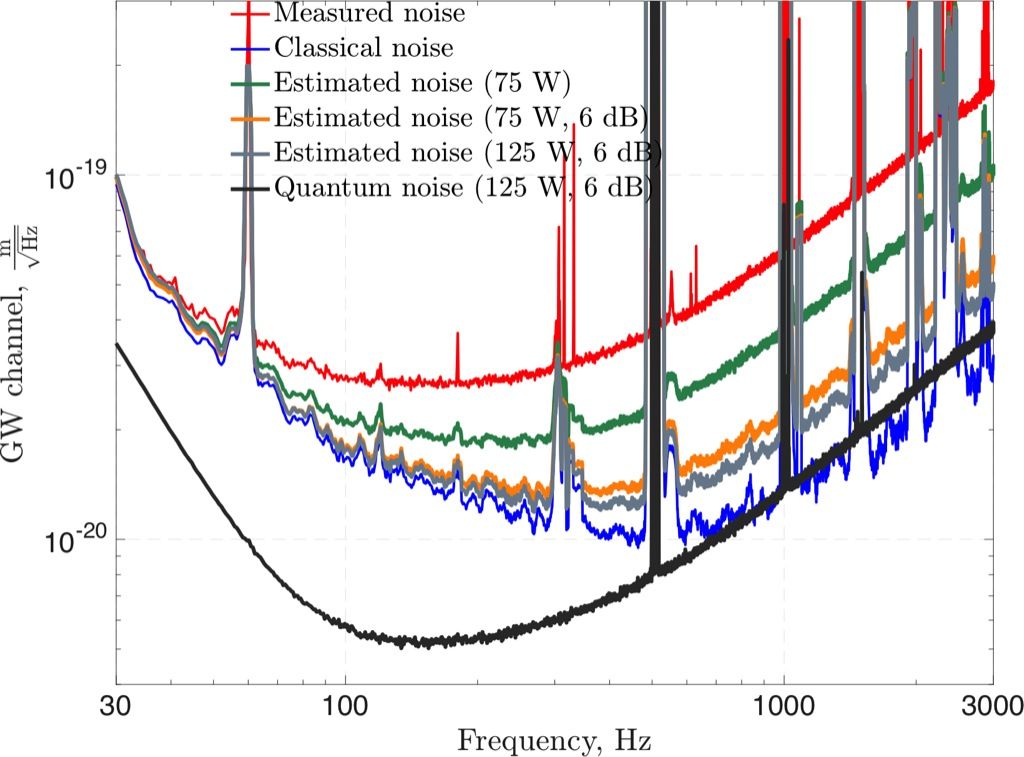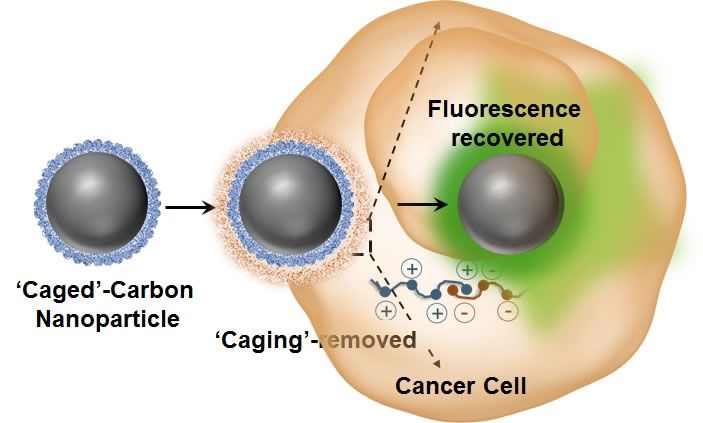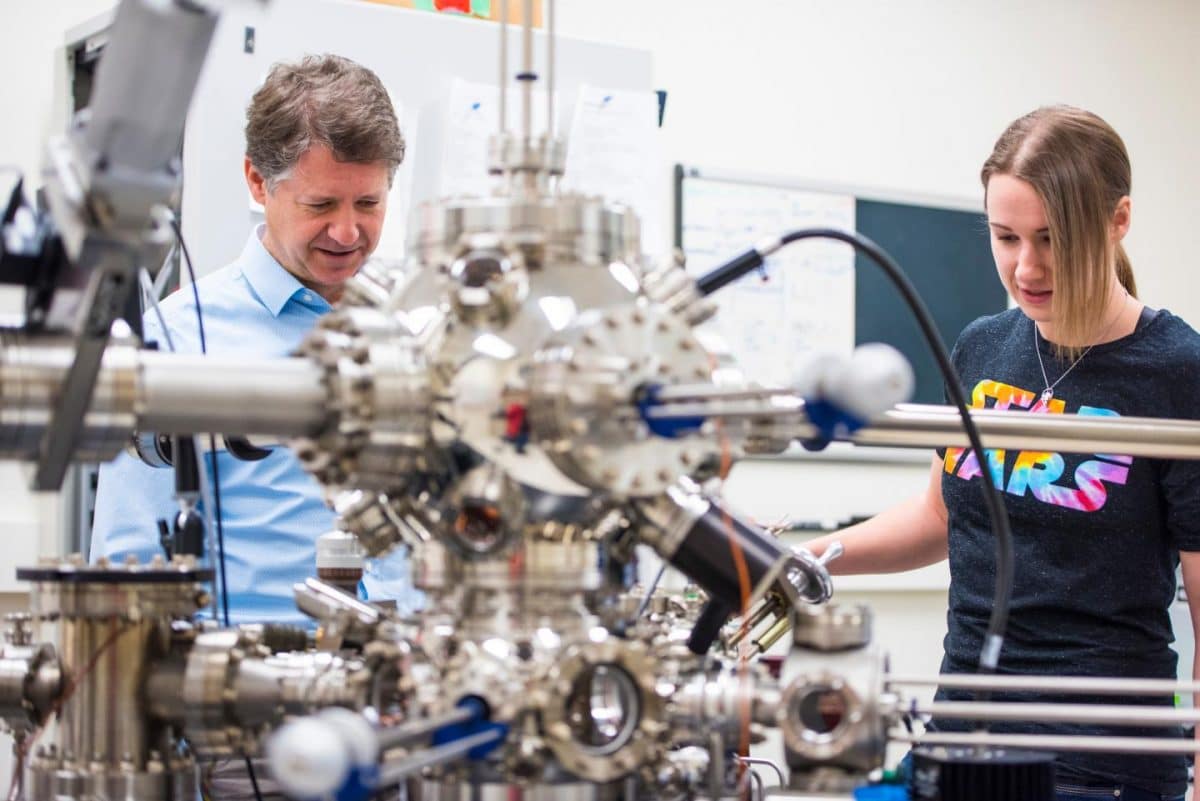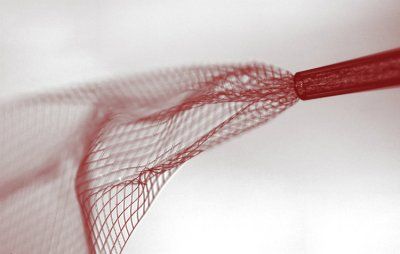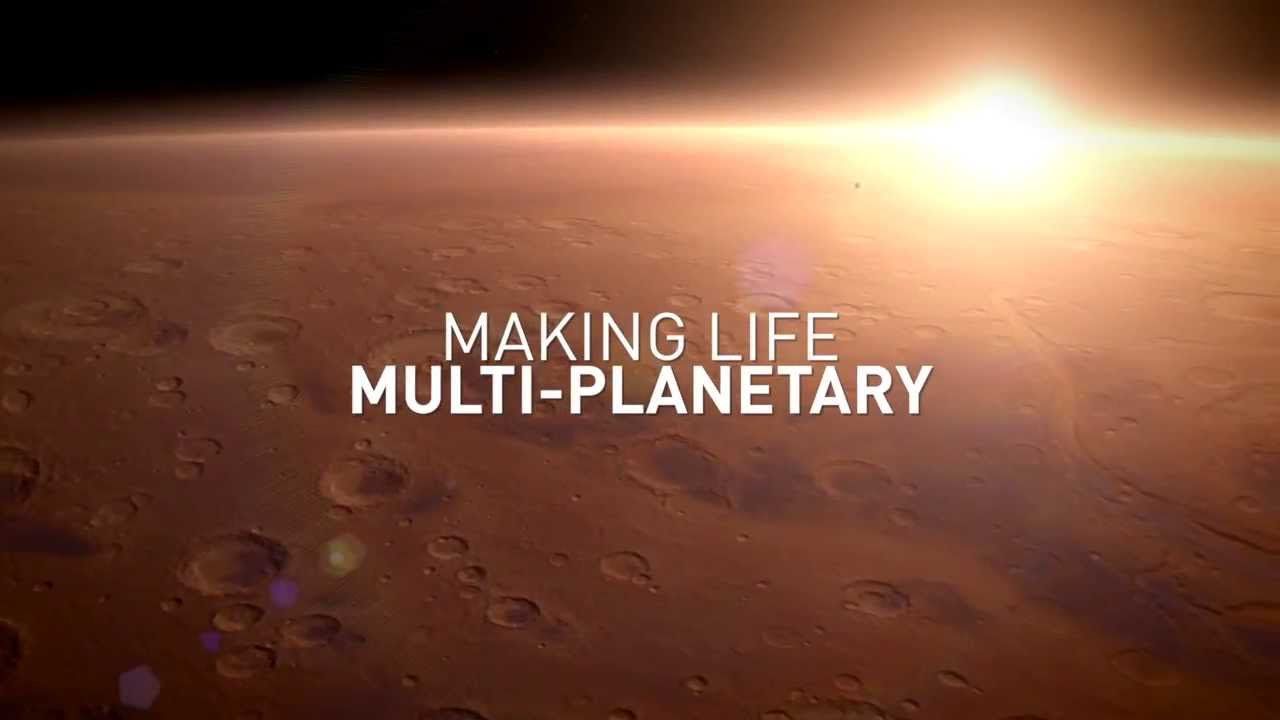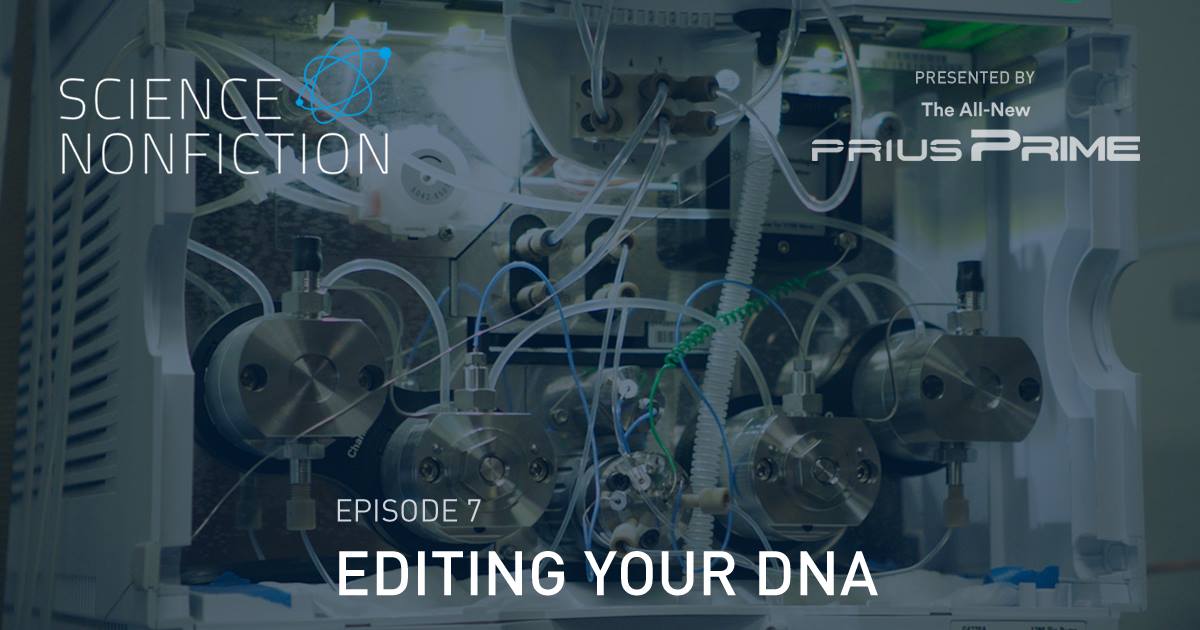http://arxiv.org/abs/1702.03329
‘Caged’ non-fluorescent carbon dot enters the cancer cell, loses its caging and lights up. Credit: University of Illinois.
Tiny carbon dots have, for the first time, been applied to intracellular imaging and tracking of drug delivery involving various optical and vibrational spectroscopic-based techniques such as fluorescence, Raman, and hyperspectral imaging. Researchers from the University of Illinois at Urbana-Champaign have demonstrated, for the first time, that photo luminescent carbon nanoparticles can exhibit reversible switching of their optical properties in cancer cells.
“One of the major advantages of these agents are their strong intrinsic optical sensitivity without the need for any additional dye/fluorophore and with no photo-bleaching issues associated with it,” explained Dipanjan Pan, an assistant professor of bioengineering and the leader of the study. “Using some elegant nanoscale surface chemistry, we created a molecular ‘masking’ pathway to turn off the fluorescence and then selectively remove the mask leading to regaining the brightness.
Quest to settle riddle over Einstein’s dark energy theory may soon be over
Saving energy is just as important as finding new and sustainable sources. By reducing the demand we reduce the energy and storage needed in the first place.
This is a first step in creating the tools needed to design and engineer low energy electronics. Cell Phones that last for weeks on a single charge and computers and servers using micro watts. However you will still need a lot of energy to drive screens and interface devices.
Elon Musk says humans need to merge with machines to become a sort of cyborg. “Over time I think we will probably see a closer merger of biological intelligence and digital intelligence,” Musk told an audience at the World Government Summit in Dubai, where he also launched Tesla in the United Arab Emirates (UAE).
“It’s mostly about the bandwidth, the speed of the connection between your brain and the digital version of yourself, particularly output.”
Musk explained what he meant by saying that computers can communicate at “a trillion bits per second”, while humans, whose main communication method is typing with their fingers via a mobile device, can do about 10 bits per second.
Enjoy this Sci-Fi short film created by the talented Jason J. Whitmore! Earth’s days are numbered when a nearby star goes supernova. Seizing the opportunity, an alien race has offered humanity a deal: Be our slaves or be left to die. As one couple struggles toward the last escaping ship, they grapple with the cost of sacrificing their freedom for their survival.
Contact:
[email protected]
http://www.imdb.com/title/tt2405816/?ref_=nm_flmg_snd_1
SUBSCRIBE — to TheCGBros for more inspiring content!
https://www.youtube.com/user/thecgbro?sub_confirmation=1
Official TheCGBros http://www.thecgbros.com
YouTube https://www.youtube.com/user/TheCGBro
Facebook https://www.facebook.com/TheCGBro
Twitter https://twitter.com/TheCGBros
Google+ https://plus.google.com/104301021746334584641
Pinterest https://www.pinterest.com/TheCGBros/
Tumblr http://thecgbros.tumblr.com/
It’s looking increasingly likely that artificial intelligence (AI) will be the harbinger of the next technological revolution. When it develops to the point wherein it is able to learn, think, and even “feel” without the input of a human – a truly “smart” AI – then everything we know will change, almost overnight.
That’s why it’s so interesting to keep track of major milestones in the development of AIs that exist today, including that of Google’s DeepMind neural network. It’s already besting humanity in the gaming world, and a new in-house study reveals that Google is decidedly unsure whether or not the AI tends to prefer cooperative behaviors over aggressive, competitive ones.
A team of Google acolytes set up two relatively simple scenarios in which to test whether neural networks are more likely to work together or destroy each other when faced with a resource problem. The first situation, entitled “Gathering”, involved two versions of DeepMind – Red and Blue – being given the task of harvesting green “apples” from within a confined space.
